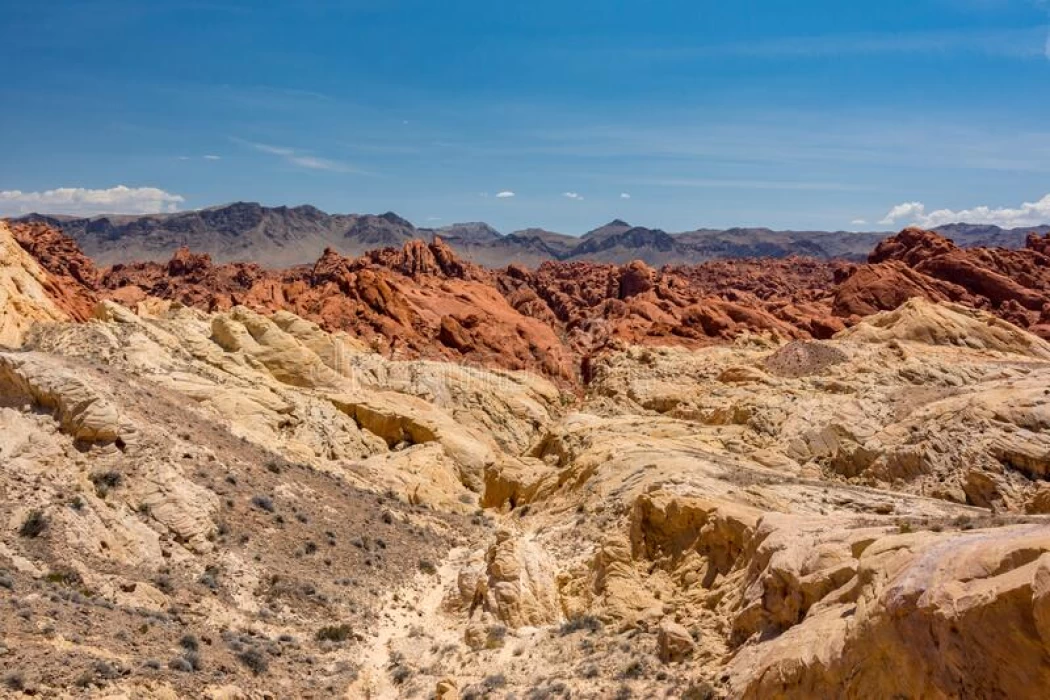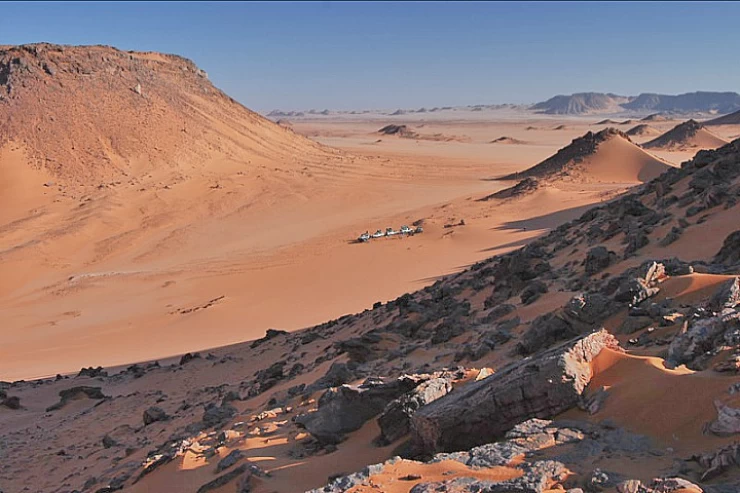
Valley of silica
About Silica Valley
Located at the southern end of the Great Sand Sea in the Egyptian Western Desert and very close to the Libyan border, the silica glass field is a geological wonder, the only one in Egypt tours that contains the most amazing yellow-green gems.
According to geologist Ahmed Salama, who is in charge of the western region's reserves, it is uncertain if this meteorite came from within or outside the solar system. As the meteorite struck the sand, it created a tremendous amount of heat, turning the sand into silica. It became clear when investigating this green substance that there are chemical components missing from meteorite fields. And the silica region was rich in it, an unusual occurrence anyplace on the planet, but it was exhausted long ago despite it deserves to be in your Egypt luxury tours. Add it to your Egypt travel packages especially if you are going to visit the Egyptian Oases and discover their activities that are considered recommended for Egypt desert safari tours.
Ancient artifacts made of Silica
Antiquities and tourism experts accompanying the convoy agreed that Tutankhamun's necklace, which is in his collection at the Egyptian Museum in Cairo, was made of silica, which indicates that the pharaohs arrived in the region 3,000 years ago, but the official in natural reserves said that the necklace may be made of precious stone, not silica. You can see the necklace yourself by visiting the Egyptian Museum during your Cairo day tours.
Silica theft has been going on for at least 150 years. Mahmoud Noureddine, the trip's organizer, claimed that numerous merchants traveling from Libya to Egypt had to alter their course in order to avoid the thieves. One of these traders, Hajj Hussein, reportedly traveled through the area before the middle of the eighteenth century and saw the silica that he carried from it to Cairo, according to the book "Tracks and Kingdoms." This dealer is supposed to have traveled with a considerable amount of silica. You can join our guided Egypt classic tours and listen to the full story behind the Silica village.
And as the tour drivers accompanying the convoy say, a kilogram of stolen silica costs more than a thousand pounds in the oases of Dakhla, Bahariya, and Farafra, and that unqualified tourist companies and their drivers help in this theft by some foreigners, and a number of famous hotels in these oases have decorated their entrances with pieces Brilliant green silica.
How was silica formed?
The meteorite impact that created these materials, which caused the sand to melt from the intense heat, is thought to have happened hundreds of years ago, according to scientists. These elements' precise origin is still a mystery. However, no crater has yet been found to support this theory. Glass is also made better by friction between the glass and the air, which was used by the pharaohs to polish their jewels. You can prepare a day tour to the Valley of Silica during your Egypt day tours to listen to more ministries from our tour guide.
When you visit a field of silica glass, be sure to resist the urge to take some of these sparkling desert pieces. an indication that access to this field can be obtained through visits and safaris to the Great Sand Sea.
The magical place was captured by the efforts of Western and Egyptian scientists, and among the most famous scientists who conducted their research in the region were the German Yots, Dr. Bahi Al-Essawy, and Dr. Ali Barakat. During the hours we spent in the place, and while the men of the nature reserves were hanging up their indicative panels, the archaeologists took a tour after which they confirmed that the ancient Egyptian man used silica as tools for his daily life, especially the sharp ones, such as spearheads or arrows.















